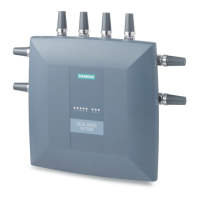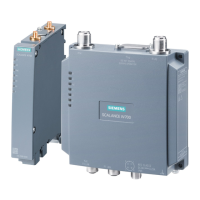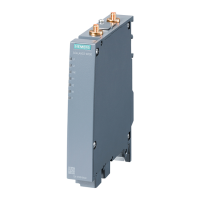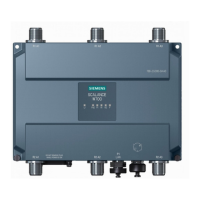Wireless Network Profiles
11.1 Configuring Wireless Network Profiles
SCALANCE W1750D UI
Configuration Manual, 02/2018, C79000-G8976-C451-02
111
3. Based on the type of network profile, select any of the following options under
:
–
–
–
4. Click the
link. The advanced options for configuration are
displayed.
Specify the following parameters as require:
Broadcast filtering Select any of the following values:
•
—When set to
, the AP drops all broadcast and
multicast frames except DHCP and ARP, IGMP group
queries, and IPv6 neighbor discovery protocols.
•
—When set to
, the AP drops all broadcast and
multicast frames except DHCP and ARP, IGMP group
queries, and IPv6 neighbor discovery protocols; addition-
ally, it converts ARP requests to unicast and send frames
directly to the associated client. The broadcast filtering
option is set to
by default when an SSID profile is
created.
•
—When set to
, the
AP allows all broadcast and multicast frames as it is,
however the ARP requests are converted to unicast
frames and sends them to the associated clients.
•
—When set to
, all broadcast and mul-
ticast traffic is forwarded to the wireless interfaces.
Multicast transmission optimization Select
if you want the AP to select the optimal rate
for sending broadcast and multicast frames based on the
lowest of unicast rates across all associated clients. When
this option is enabled, multicast traffic can be sent at up to 24
Mbps. The default rate of sending frames for 2.4 GHz is 1
Mbps and that for 5 GHz is 6 Mbps.
This option is disabled
Dynamic multicast optimization Select
to allow the AP to convert multicast streams
into unicast streams over the wireless link. Enabling Dynamic
Multicast Optimization (DMO) enhances the quality and reli-
ability of streaming video, while preserving the bandwidth
available to the non-video clients.
When you enable DMO on multicast SSID profiles,
ensure that the DMO feature is enabled on all SSIDs config-
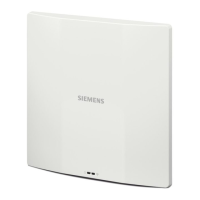
